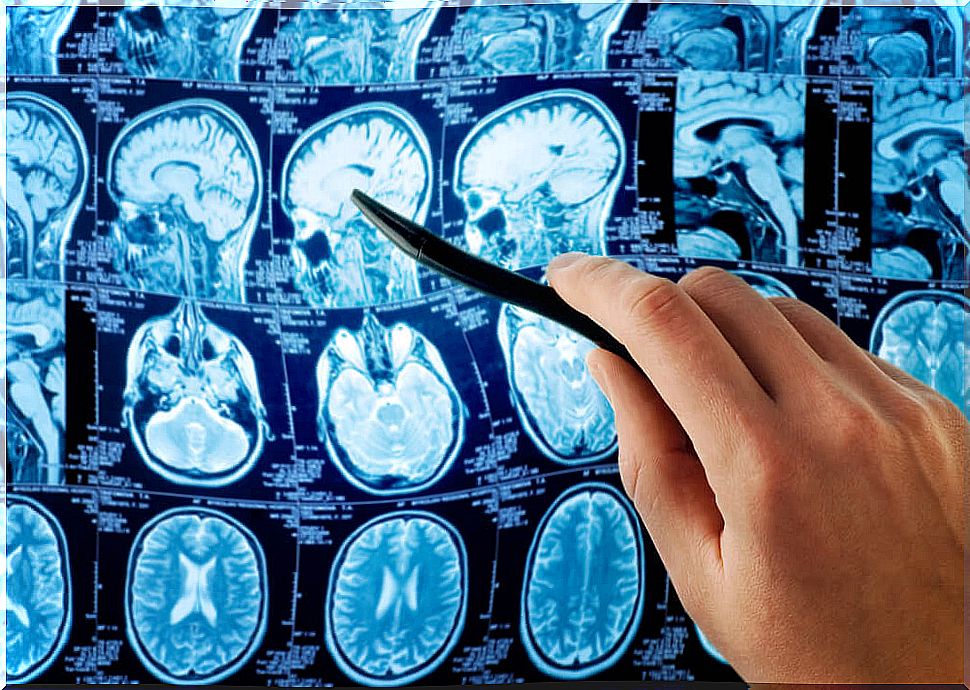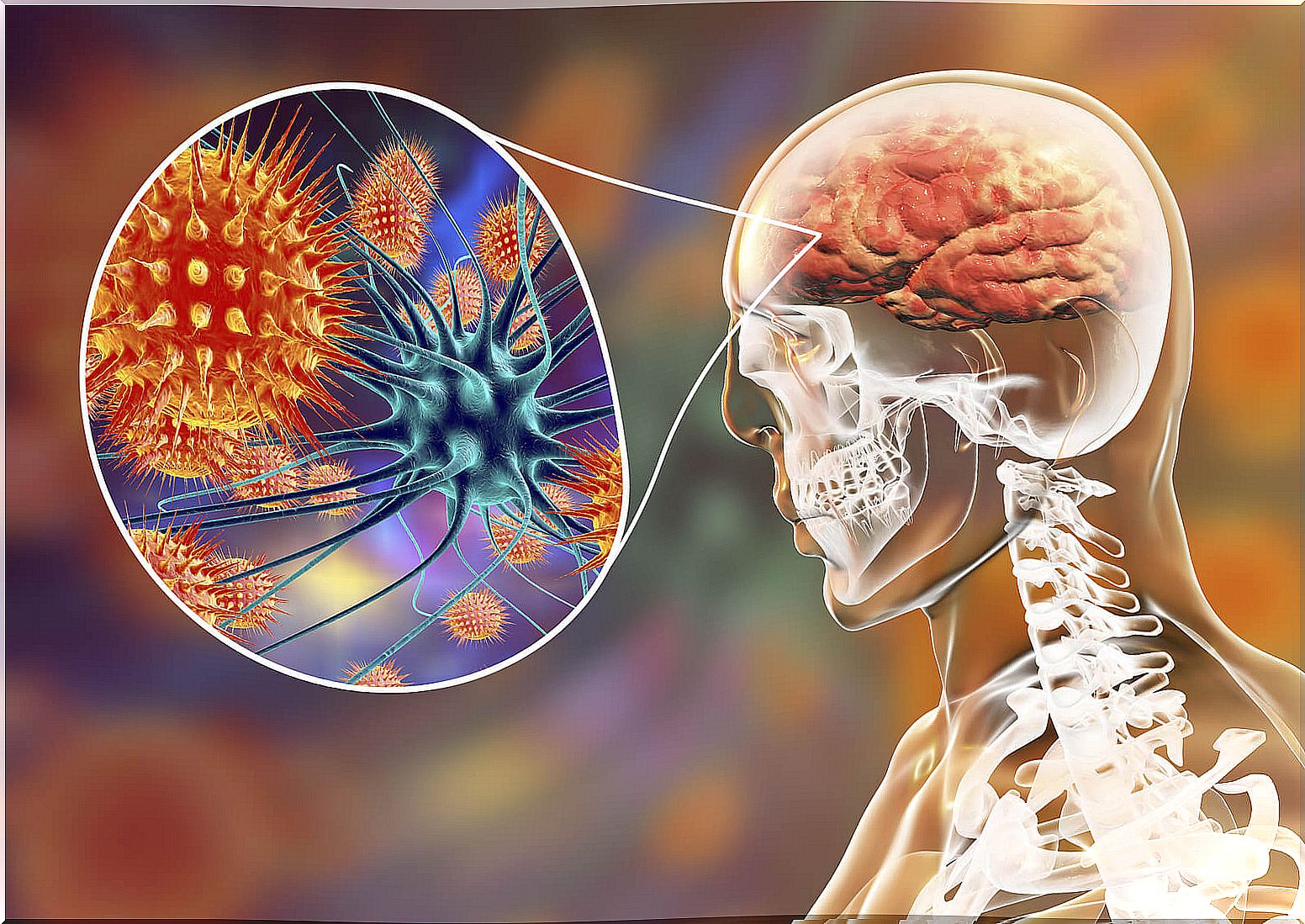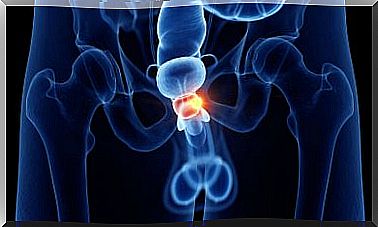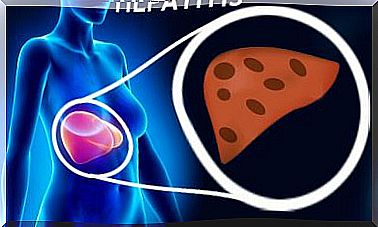Athetosis: Knowing A Movement Disorder
Athetosis is the set of slow, fluid, and twisting involuntary movements. It generally affects the hands and feet. This palotogy is an uncommon manifestation of certain neurological diseases, especially anatomical or functional damage to the basal ganglia.
The basal ganglia are structures made of gray matter and are located in the central portion of the brain. They are characterized by a large number of connections to other structures within the brain. They are made up of the caudate nucleus, putamen, and pale globe.
They participate in the execution and maintenance of motor activity, which is why anatomical or functional alterations, caused by a deficit or excess of certain neurotransmitters, manifest themselves in the form of abnormal movements.
Basal ganglia disorders

Most basal ganglia disorders are related to functional disturbances. This is due to a deficit or excess of certain neurotransmitters, which leads to electrical hypo or hyperactivity in that region. This hypo or hyperactivity is evident in the motor activity of the affected person.
There are a lot of abnormal movements, such as chorea, dystonia, tremors, or athetosis. Chorea consists of brief, irregular, repetitive involuntary movements.
The movements are to some extent rapid and start in one part of the body, moving to another in a sudden and unexpected way, and often continuously.
Chorea usually affects the face, mouth, trunk, and extremities. Hemibalism is a type of chorea that usually involves violent involuntary spastic movements of an arm or a leg. The movements are wider and more intense than those of the Korean.
Athetosis, like other manifestations such as chorea, can be caused by a large number of diseases. In addition, their presence guides the diagnosis in a certain way. Chorea and athetosis, which can present simultaneously as choreoathetosis. They are not disorders in themselves, but rather are symptoms produced by a number of very different disorders.
What is athetosis?

Movement disorders can be divided into two types, those corresponding to hypokinetic and hyperkinetic syndromes, depending on the type of motor activity involved.
Hypokinetic syndromes include Parkinson’s disease, neurodegenerative disorders, and secondary parkinsonism. These diseases are characterized by their own symptoms, but due to medications or other organic causes. This includes drugs, infectious diseases, trauma, and hydrocephalus.
Hyperkinetic syndromes include a number of signs evident on physical examination, including tremor, chorea, dystonia, tics, and myoclonus. What differentiates athetosis, also called slow chorea , from other disorders is that patients are unable to hold a part of the body in a certain position. It manifests itself with slow, constant and inevitable movements.
It generally occurs on the distal portions of the limbs, tongue, and throat, although it can occur anywhere on the body. The slow movements characteristic of this disorder allow it to be differentiated from other disorders such as chorea. Although there are similar clinical forms called choreoathetosis.
The term choreoathetosis is applied to different generative diseases, such as Huntington’s disease, much feared for the inevitable course of the disease.
Other causes of athetosis

There are other causes of athetosis such as infections of the central nervous system such as encephalitis. They are related to diffuse and severe damage to all brain tissue. For this reason, movement disorders and signs are quite common.
On the other hand, autoimmune disorders such as systemic lupus erythematosus can also present with this type of neurological disorder, although it is not the most typical presentation of the disease.
However, these patients must receive long-term treatment with immunosuppressants such as steroids. As a consequence, there may be a tendency to infections of the nervous system. This can trigger movement disorders, similar to what happens in encephalitis.









